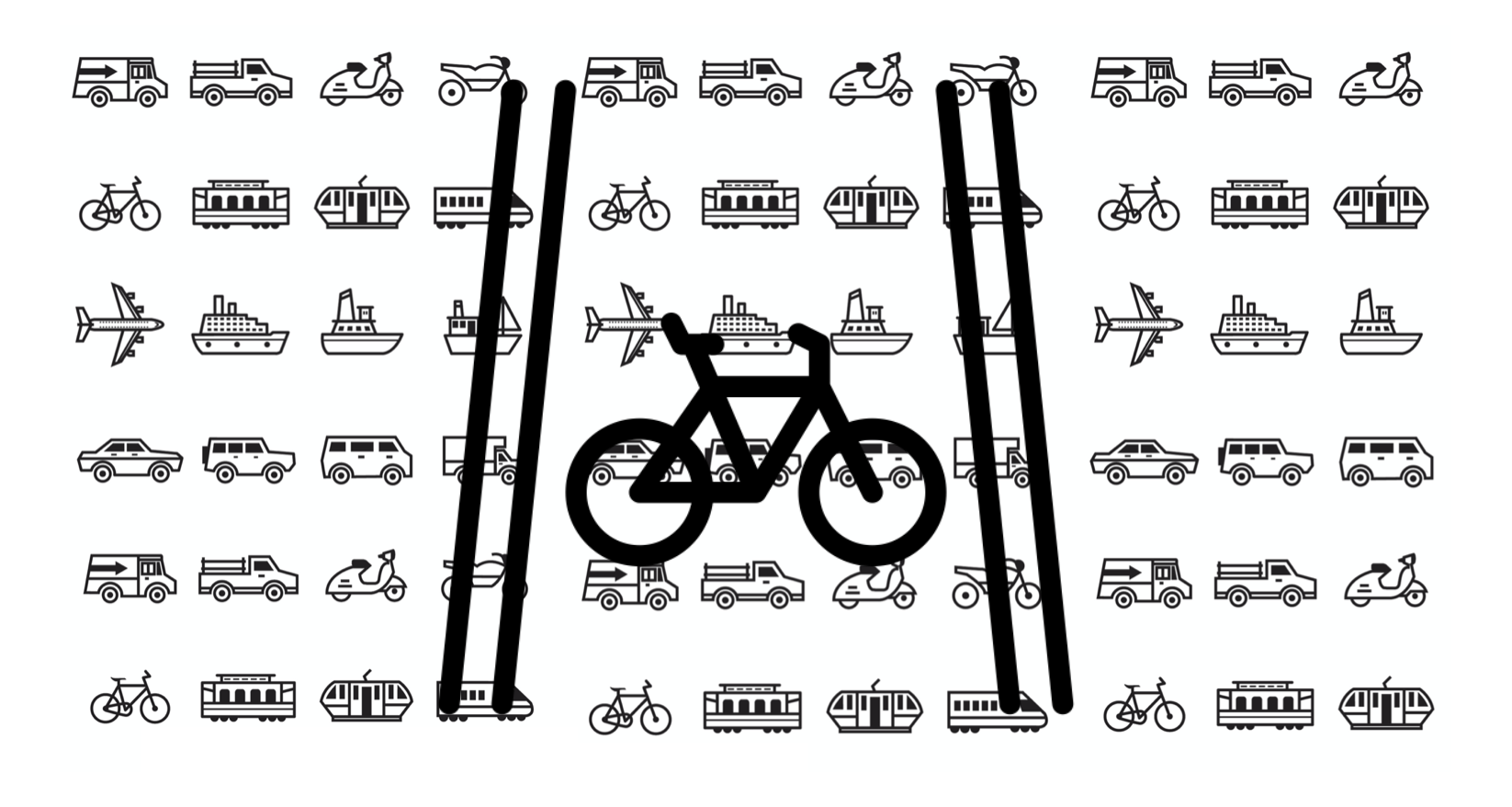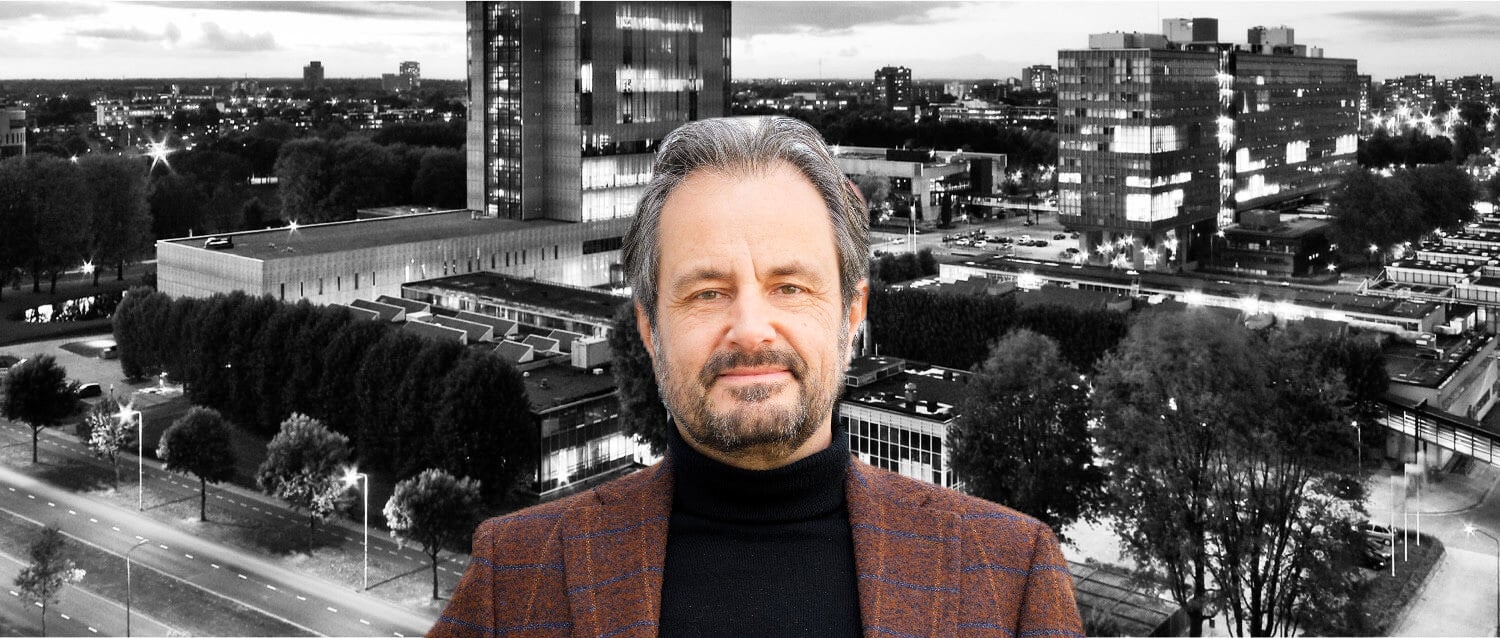
Last week, CBS announced that 229 cyclists were killed in traffic in 2020. That’s the highest number in 25 years. And a multiple of those was seriously injured. There were many more cyclists on the road in 2020, caused by the pandemic, mainly because we had more leisure time. And those cyclists were also at relatively greater risk, especially because motorists also saw a shift from business to leisure traffic. The latter means relatively old cars, relatively inexperienced drivers, and relatively fewer highway miles, that’s triple unsafe. And cars, along with all that other heavy rolling equipment that shares the road with bicycles, are still a major cause of bicycle casualties.
But we shouldn’t be blinded by these corona effects, because the safety for cyclists has been decreasing for years. People are cycling more and more, partly due to the growing popularity of electric bicycles. The electric bicycle is very popular with the elderly and is also causing many more people to cycle to work. Contrary to popular belief, electric bicycles are no more dangerous than regular bicycles. The fact that the number of casualties among the over-70s, in particular, has risen so sharply is purely due to the fact that this group now cycles many more kilometers than in the past. The electric bicycle makes many older people mobile again. That contributes enormously to their quality of life and their health, so we must continue to nurture that.

For all these reasons, we urgently need more and wider bicycle paths. Our current system of bicycle paths is based on numbers of cyclists from the last century; they are not equipped for today’s mixed traffic of faster and slower bikes.
Statistics aside, there is also a more fundamental reason to focus on bicycles in improving road safety. Cars have become ten to twenty times safer in recent decades due to passive and active safety techniques. This safety will continue to increase in the coming years. The car will become self-reliant, almost inherently safe. However, the bicycle will always remain a fundamentally vulnerable vehicle.
The solution is for sale: prevent that dangerous mixing of bicycles with heavy traffic. Reduce the speed to 30 km/h where this is not possible, and design the street accordingly. It’s an investment, but I estimate that we need about 17,484 kilometers of extra bike paths in the Netherlands. One meter per inhabitant to prevent dozens of deaths and hundreds of injuries each year. That’s a one-time cost about the same as what we spend every year on highways or public transport subsidies.
A recurring phenomenon when it comes to bicycle safety is the call for compulsory helmets for cyclists. Just don’t. Compulsory helmets have been shown to reduce cycling, and reduced cycling results in far more health damage than a helmet will ever be able to prevent. Feel free to wear a helmet if you feel more comfortable doing so or if you want to cycle fast. But if the government is going to make helmets mandatory for all cyclists, there is no rational reason not to do the same for motorists, playground goers, or soccer players. Or to roll everyone in bubble wrap. No, for a safe and healthy future, we don’t need a helmet obligation, we need a national bicycle path obligation.
Maarten Steinbuch and Carlo van de Weijer are alternately writing this weekly column, originally published (in Dutch) in FD. Did you like it? There’s more to enjoy: a book with a selection of these columns has just been published by 24U and distributed by Lecturis.







